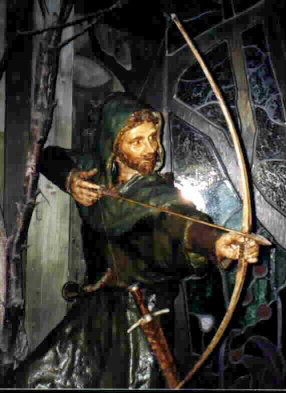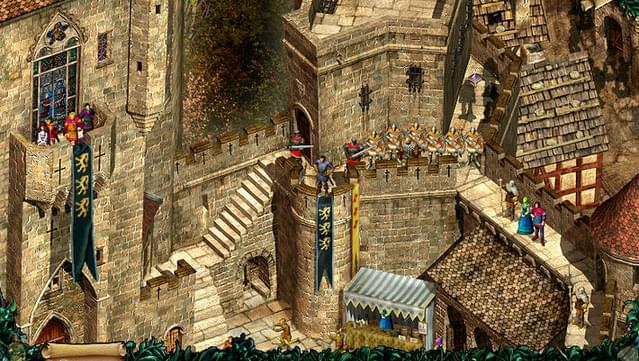
In the May Day festivities still practised in rural Britain, Robin Hood became a character akin to Santa Claus at Christmas, presiding over the party while representing rebellion and the forest, part of plays and other entertainment – and archery matches.įurther texts and plays in the following centuries cemented the legend and added King John and Richard the Lionheart into the mix, nailing Robin Hood’s legend to real events and times and developing the theme of the ‘people’s hero’. Just as with fictional tales today, elements were exaggerated and romanticised, and they became part of celebrations. This earliest Robin Hood is more of a cutthroat character. One tale has him cutting off the head of his enemy Guy of Gisborne and sticking it on his bow. But they describe events dated to the 1300s, in the reign of King Edward II, and detail the activities of an outlaw group moving from Barnsdale in Yorkshire to Nottingham, apparently accompanied by a young and gifted poet. These versions don’t contain some of the better-known elements of the story, such as his love interest, Maid Marian, and companion, Friar Tuck, who don’t appear for another 100 years or so. The earliest primary sources for the Robin Hood legend live on three tattered manuscripts dating from around 1500, now in the archives of the University of Cambridge, although it is clear they refer to events much earlier. These narrative tales constitute a form of popular history, and evidence suggests most were based on at least some kind of historic truth.

The stories we all know ultimately come from songs called ballads, a popular form of entertainment for at least 1000 years.

There is no authoritative source on the history of Robin Hood. In contemporary archery, a ‘Robin Hood’ is, of course, when an archer splits an arrow already in the target with another arrow shot from the same spot, a rare feat named after the legendary figure for his skill.īut trying to find the ‘real’ Robin Hood is a little more difficult. And, in modern times, the name ‘Robin Hood’ has become descriptive shorthand for everything from taxation schemes to charitable enterprises. In the words of scholar Stephen Knight, he is a man who represents a ‘higher form of law, a thief who only steals from those who do not possess so much’. He encompasses a many-sided resistance to authority that has appealed across centuries. Robin Hood is one of the few heroes from the Middle Ages who is still alive today. He walks the line between a common thief and outlaw – and a noble, virtuous and moral embodiment of good. The Robin Hood legend gives that symbolism a social context. Throughout history, the skilled archer has been a symbol of individual power. Archery is also used as a plot device as a means to show skill and cunning, in an era when bows were seen as weapons of the people rather than the gentry.Īrchery becomes an equaliser, a tool for justice. The traditional tales place archery in the world of tournaments and sport rather than hunting. He steals from the rich and gives to the poor and stands up for the common man.Īrchery has been a part of the legend from the start, coinciding – at least in many accounts – with the longbow’s military heyday in the Hundred Years’ War. His origin is different in each story but in most his activities are consistent. The Robin Hood we know – from folklore, books, movies and more – is invariably dressed in ‘Lincoln green’, is highly skilled with a sword and a longbow, spends his time with a band of colourful characters in Sherwood Forest, and battles with the Sheriff of Nottingham and other oppressors.

His name might be known across the world but he is an exceptionally slippery figure. There have been many famous archers throughout history, but the most well-known of all is the hardest to pin down.


 0 kommentar(er)
0 kommentar(er)
